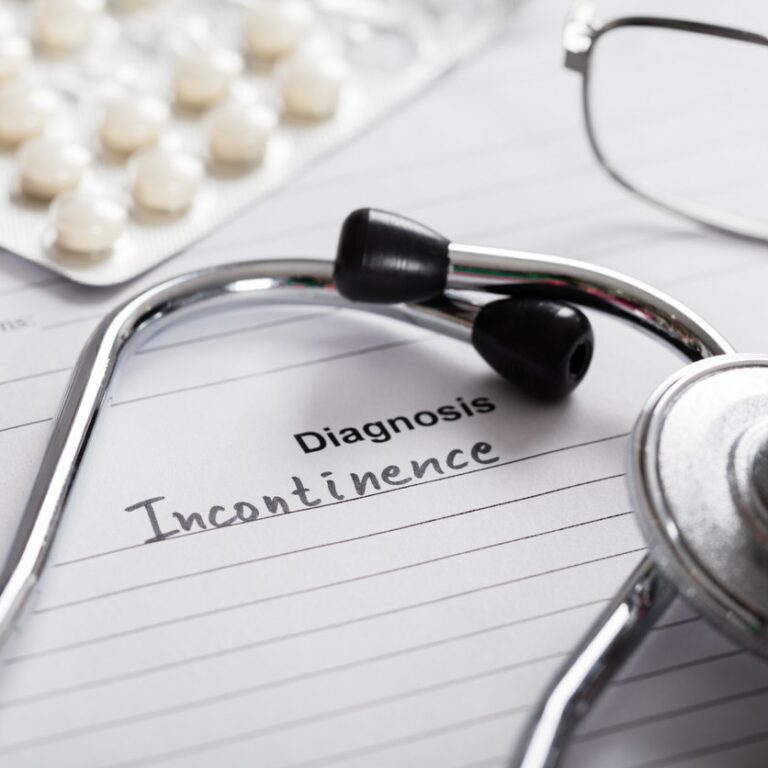Case Study:
Optimising the delivery of OAB services following the COVID-19 pandemic
The Client
Our client is a leader in providing treatments that support urology patients. They commissioned us to help better define the care pathway activities required to support the optimal management of overactive bladder (OAB).
Background
A review of local guidelines revealed that there is wide variation in OAB care pathways and the activities and standards that each use to support primary care decision-making about the management of these patients. This results in variation of outcomes and referrals seen in secondary care (e.g. urology) services, creating patient waiting list backlogs. The COVID-19 pandemic exacerbated this backlog.
Opportunity
The work aimed to support commissioners and service leaders evaluate and update OAB care pathways in line with best practices, as validated by experts:
To enable effective, efficient management by primary care teams
To help reduce unnecessary referrals to secondary care, helping reduce the patient backlog
Improving the experience of care by the patient
Approach
Based on this we designed a Delphi-based approach to help define, validate and amplify support for pathway activities that would improve patient experience, outcomes, and help reduce unnecessary specialist referrals.

